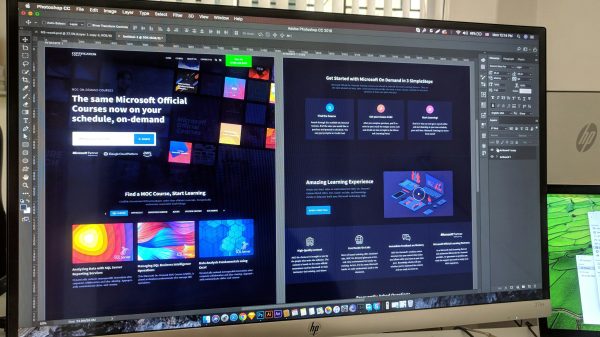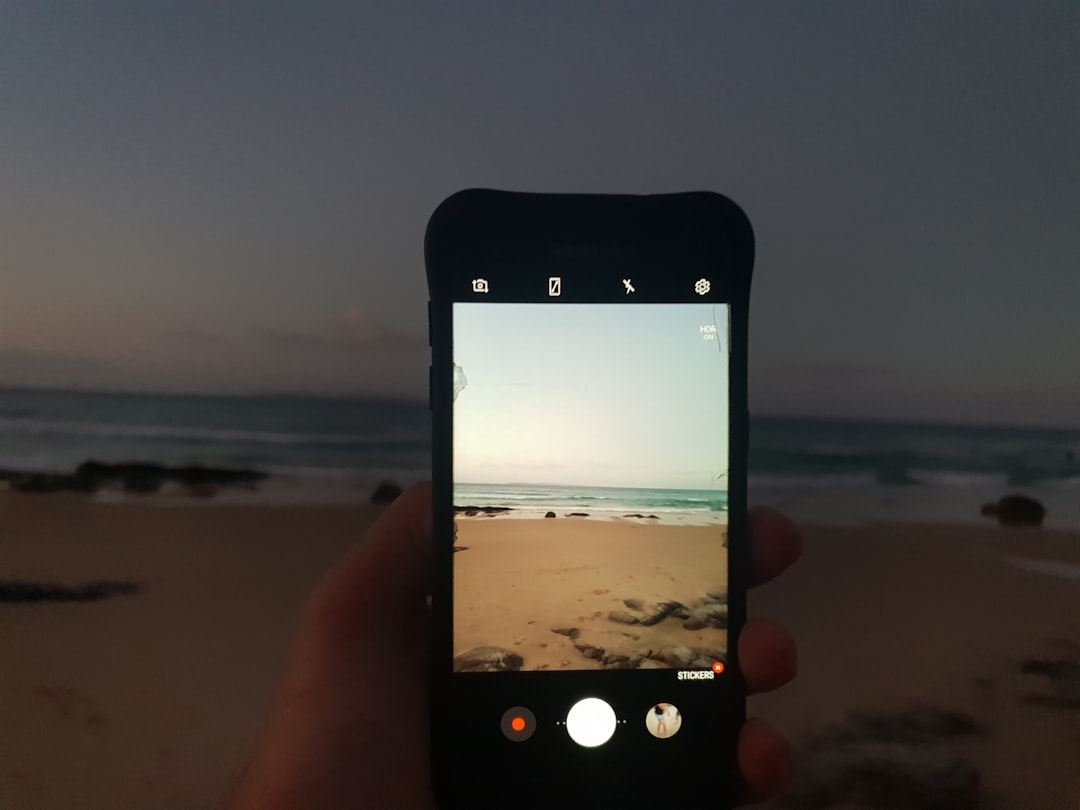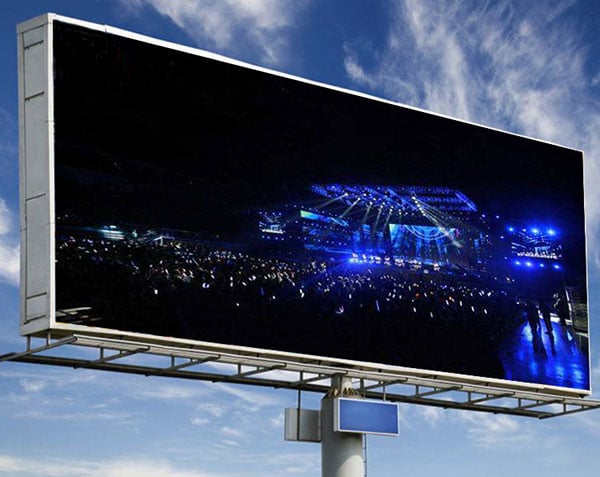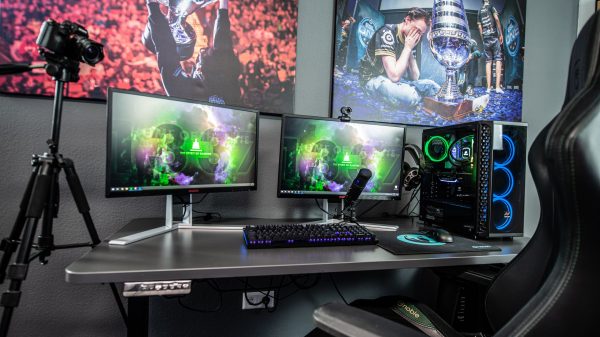When Periscope launched in March 2015, few could have predicted the profound impact it would have on the way people experience live content. Emerging at a time when Twitter was seeking new ways to innovate and engage its user base, Periscope gave people the power to broadcast their world in real time. With just a smartphone, users could stream live video to a global audience, receive real-time feedback through comments, and build broadcast communities—changing the digital media landscape forever.
The Rise of Periscope
Periscope was acquired by Twitter before it had even officially launched, a move that signaled strong confidence in the power of live video. At its peak, the app boasted over 10 million accounts and was integral in reporting real events—from political rallies to natural disasters, and from art performances to protest movements.
Live streams on Periscope were personal, raw, and often unfiltered, offering experiences that couldn’t be replicated through traditional media. This authenticity was both its strength and vulnerability but ultimately ended up influencing the broader social media environment.
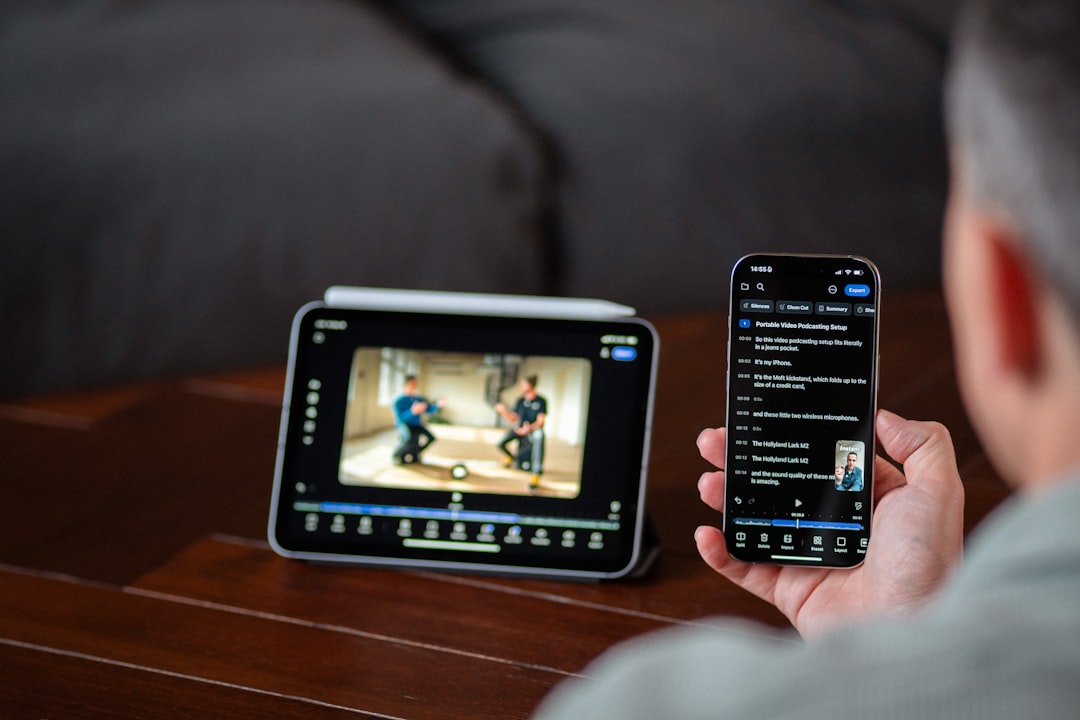
Why Periscope Faded
Despite its early success, Periscope’s popularity began to wane. It faced increasing competition from tech giants, especially when Facebook and Instagram entered the live video arena. Both platforms already had vast user bases and integrated ecosystems, making it easier for users to adopt live features without the need for a standalone app.
Furthermore, Periscope struggled with moderation and content quality. As livestreaming exploded in popularity, challenges around censorship, harmful content, and technical limitations took a toll on its growth. In December 2020, Twitter announced it would be shutting down Periscope, officially discontinuing it by March 2021.
Periscope’s Enduring Legacy
Though it faded from use, Periscope’s influence endures. It pioneered concepts that are now mainstream, such as:
- One-touch broadcasting: Users expect easy, mobile-first access to livestreaming today, and Periscope set that standard.
- Real-time engagement: Chat-based interaction during broadcasts, a Periscope hallmark, is now a staple on platforms like YouTube Live, TikTok Live, and Twitch.
- Social-first streaming: Periscope showed how live video could thrive within a social network, inspiring Instagram Live and Twitter’s native broadcasting features.
Additionally, its legacy lies in how it shaped internet culture and journalism. Citizen journalism found a new voice through live video, with real-time coverage of major events often disseminated widely via Periscope before being picked up by larger news outlets.
The State of Live Video Today
In the world of 2024, live video is ubiquitous. Modern platforms leverage high-speed networks, advanced algorithms, and an enormous content appetite to make livestreams a central part of digital engagement. Let’s explore how today’s platforms reflect Periscope’s legacy:
Instagram Live
Instagram Live has become one of the most popular ways to connect with followers, particularly among celebrities, influencers, and brands. By integrating livestreaming directly into Instagram’s Stories and Reels formats, it allows spontaneous, ephemeral sharing—echoing the impromptu nature of Periscope’s broadcasts.
Facebook Live
Launched in 2016, Facebook Live quickly surpassed Periscope in scale. It picked up on Periscope’s model but included features like scheduled broadcasts and longer viewer retention, tailoring it more toward professional creatives and businesses.
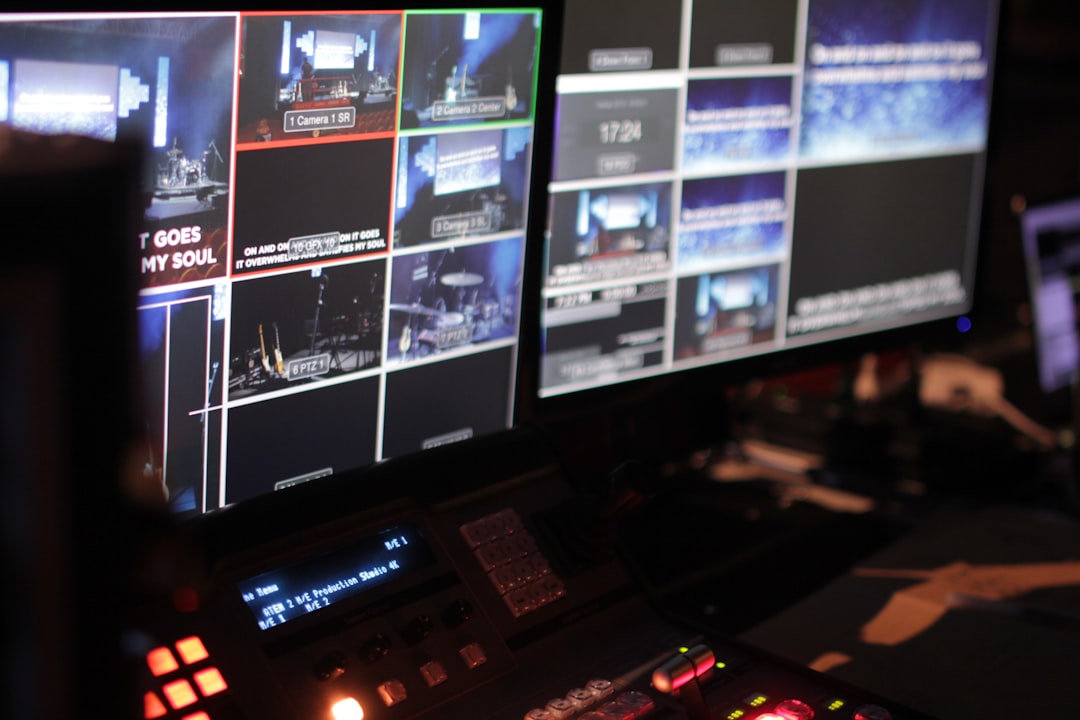
YouTube Live
YouTube Live appeals to creators who want deeper engagement, such as long-form interviews, webinars, or live Q&A sessions. Its super chat and monetization options are direct descendants of Periscope’s community engagement tools.
TikTok Live
TikTok added livestreaming capabilities after building a massive short-video user base. This extension allows creators to engage audiences in real time while bringing in integrated tipping and gifting systems as well as interactive features like polls and filters.
Twitch
Though primarily associated with gaming, Twitch has evolved into a broader live content platform. Unlike Periscope’s mobile-only model, Twitch focuses on longer-form, interactive broadcasts. Its monetization features and affiliate programs cater to serious creators and professionals.
Key Lessons from Periscope
The experience of Periscope offers several takeaways for current and aspiring live video platforms:
- Ease of access is crucial: The easier it is to go live, the more likely people will use the feature regularly.
- Community tools are vital: Engagement features like chat, reactions, and comment moderation keep both viewers and creators coming back.
- Moderation matters: Failure to manage harmful content can damage a platform’s reputation and user trust.
- Distribution drives reach: Integrating live features within social ecosystems ensures broader discovery and sharing.
What the Future Could Look Like
Artificial Intelligence and Augmented Reality are set to revolutionize live video. Future livestreams may include real-time translation, smart content tagging, and dynamic visual overlays. 5G connectivity will further eliminate latency, enabling immersive, high-definition streaming from almost anywhere globally.
Legacy platforms are also delving into hybrid live experiences. Blending pre-recorded segments with live content, or integrating AI avatars to field real-time questions in broadcaster’s stead, points toward a vastly more interactive future.
Conclusion
While Periscope itself no longer exists, its imprint on digital culture is unmistakable. From sparking the first wave of easy-to-use live apps to influencing today’s largest video platforms, its DNA runs through nearly every app where people broadcast their lives to the world. As we move into an increasingly connected media future, Periscope’s spirit of spontaneous, authentic content will continue to inform and inspire.
Frequently Asked Questions
-
What was Periscope?
Periscope was a mobile app that allowed users to livestream video to an audience. It was acquired by Twitter and launched in 2015. -
Why did Periscope shut down?
The app was shut down due to declining usage, increasing competition, mounting moderation challenges, and Twitter’s decision to integrate its features directly into their main platform. -
Which apps are considered successors to Periscope?
Instagram Live, Facebook Live, YouTube Live, TikTok Live, and Twitch all expanded on concepts popularized by Periscope. -
Can you still watch old Periscope broadcasts?
No, once Twitter shut down Periscope, stored broadcasts became inaccessible unless saved elsewhere by the broadcaster. -
What made Periscope different from other live apps at the time?
Its simplicity, ease of access, real-time chat interaction, and direct integration with Twitter made Periscope stand out during its peak innovation period.





